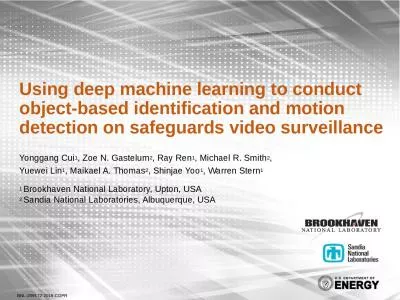PPT-Machine Learning: The Connectionist
Author : agentfor | Published Date : 2020-08-28
Prabhas Chongstitvatana Faculty of Engineering Chulalongkorn university More Information Search Prabhas Chongstitvatana Go to me homepage Perceptron Rosenblatt
Presentation Embed Code
Download Presentation
Download Presentation The PPT/PDF document "Machine Learning: The Connectionist" is the property of its rightful owner. Permission is granted to download and print the materials on this website for personal, non-commercial use only, and to display it on your personal computer provided you do not modify the materials and that you retain all copyright notices contained in the materials. By downloading content from our website, you accept the terms of this agreement.
Machine Learning: The Connectionist: Transcript
Download Rules Of Document
"Machine Learning: The Connectionist"The content belongs to its owner. You may download and print it for personal use, without modification, and keep all copyright notices. By downloading, you agree to these terms.
Related Documents

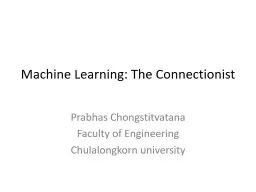
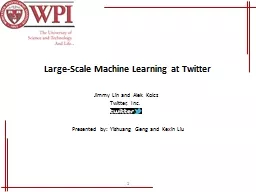

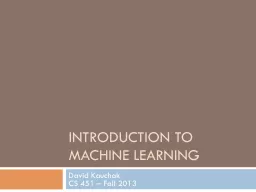
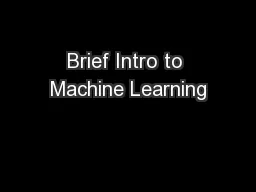
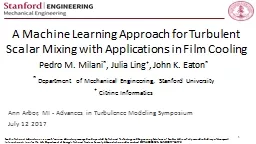
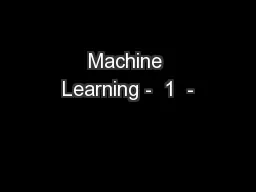

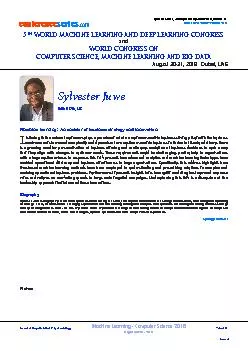
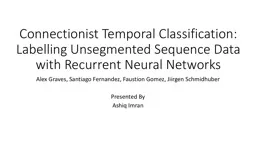
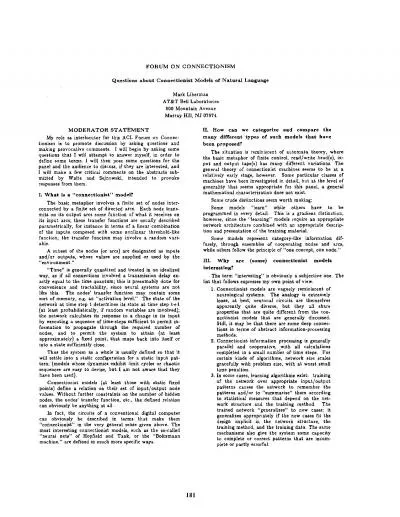
![[READ]-Machine Learning: Two-Book Bundle: Machine Learning: Master the Three Types of](https://thumbs.docslides.com/986795/read-machine-learning-two-book-bundle-machine-learning-master-the-three-types-of-machine-learning-hacking-computer-hacking-mastery.jpg)
